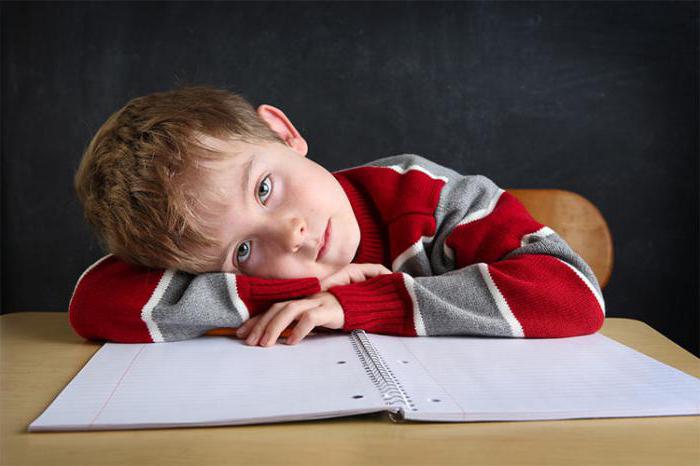With the entry into force of the Law of the Russian Federation “On Education” in 1992, the public first heard the concept of “state educational standard”. The powers to develop and approve the relevant complexes belong to the highest executive bodies.
The need for educational standards
Influential politicians and educational figures of the late 20th century found innovations a definite step towards modernization. However, in their opinion, the standardization of this sphere should have implied the implementation of the system in the regions at the national level, and not with the presence of separate regional components.

A few years after the consolidation of the position of “state educational standard” at the legislative level, the intensified transition to the appropriate standardization caused a flurry of indignation and resistance among the education system workers.
Stages of development of the passage of standardization
For 7 years, temporary provisions and their components continued to be developed. State educational standard Appeared in 2000, attributed to the first generation. The provisions and norms governing the implementation of training programs were intended separately for both higher and general education.
The history of the formation of such an important element education systems passed in several stages, the last of which ended in 2011. All periods of the formation of the institute “state educational standard” were accompanied by a constant need for minor adjustments or dramatic amendments, the basis for which was the general policy for the development of this sphere.

The emergence of the concept of "GEF"
The term "federal state educational standard" has been used since 2009. The adopted changes to the law of the Russian Federation “On Education” defined the provisions of previous generations not as federal, but only as components of standard complexes.
The new law “On Education in the Russian Federation”, which entered into force on September 1, 2013, established preschool education as the first level in the general system for the child to acquire knowledge and skills.
Preschool Education Standards
The federal state educational standard for preschool education, developed in accordance with the new regulatory act, requires institutions to thoroughly analyze the implementation of pedagogical activities. The fundamental principle of GEF of preschool education is the activation of the methodological work of educators.

At the same time, the main goal of educational and methodological developments is the creation of an appropriate environment in kindergartens, within which each teacher will be able to realize their own professional potential.
Features of GEF for preschoolers
Improving the qualifications of each member of the teaching staff in kindergarten is an important component of professional activity. In addition, the educational status of persons teaching preschool children and the creative approach play a huge role. The federal state educational standard for preschool education can be implemented if optimal conditions are created for both kindergarten employees and children.Here you can not do without modern equipment, didactic materials, educational literature, manuals, etc.
The FSES designed for Russian kindergartens implies the interaction of teachers with parents and families of preschool children. Taking into account the individual abilities of each child, his tendency and special physical or mental health, the institution should create for the child the most comfortable conditions for his pastime.
The specifics of educational standards in the school educational process
As for the state educational standard of general education, here everything is somewhat different.

School is the highest level of the minimum of knowledge that every citizen of modern society should have. It is not surprising that it is in the field of general education that the most significant changes are constantly taking place, affecting the structure of the system, its organizational and content characteristics. The introduction of innovative approaches in the school educational process is aimed primarily at ensuring differentiation.
The peculiar variability of the developed teaching standards, taking into account the individual qualities of each student, is fully consistent with the current requirements of society. Modern society requires teachers to maximize the abilities and talents of each student. The result of their work will be a powerful basic platform for creating a socially sustainable, competent and responsible person.
List of compulsory school subjects
The federal state educational standard in secondary schools consists of a list of academic disciplines, conventionally divided into basic and specialized.
The first group includes objects focused on the establishment of worldviews, the culture of the surrounding society. The tasks set by the teachers of this disciplinary complex are general education and development of children, as well as the formation of the right social position.
The block of specialized educational subjects is aimed at revealing the personal capabilities of students. Based on the individual qualities of the child, special disciplines orient him to further professional education, and then to labor activity.

The state standard of secondary education or its federal component establishes the following compulsory subjects in Russian schools:
- Russian language, literature, foreign language;
- history, social studies, natural sciences, world art culture;
- mathematics, computer science and ICT, physics;
- chemistry, biology, technology, geography;
- economics, law;
- OBZH, physical education.
The remaining disciplines did not find binding in the federal state educational standard for school curricula. Pupils who have gone all the way of training complete general education by passing the mandatory final certification. After which, having decided on the further occupation, they can continue their studies to obtain higher and secondary special vocational education.
Federal components of standardization in universities
The approval of state educational standards for higher education (for universities, institutes, academies, etc.) has recently passed from the second generation to the third.

In 2011, provisions were acquired legal significance, the main feature of which is the refusal to compose short wordings, which are a description of the minimum requirements for compiling educational programs. At the same time, the state educational standards of vocational education contain variable and main parts in each cycle.
The adoption in 2012 of the aforementioned Law “On Education in the Russian Federation” was the main factor that made it necessary to urgently make adjustments to the current set of standards. As a result, the so-called GEF of the third generation was developed.
GEF disadvantages in the field of higher professional education
Improved state educational standards of higher education retained in their content some negative aspects that passed into the package of norms and provisions from the previous version of the Federal State Educational Standard.

These include the following:
- the binding of a certain standard to the areas of training and specialties had a significant impact on the increase in the number of the latter;
- as in the previous version of GEF, there is a lack of clear language, which contributes to excessive redundancy of the results of mastering the curriculum (we are talking about the competence of graduates);
- level affiliation of competencies has a weak expression, which affects the continuity of the results of mastering the programs of many educational levels;
- the link between the potential areas of professional activity and the declared competencies of graduates is elusive;
- areas of objects, types and tasks of labor in the narrative have excessive detail, semantic overload, frequent repetitions, which affects perception and does not reflect the characteristics of the profession at the proper level.






